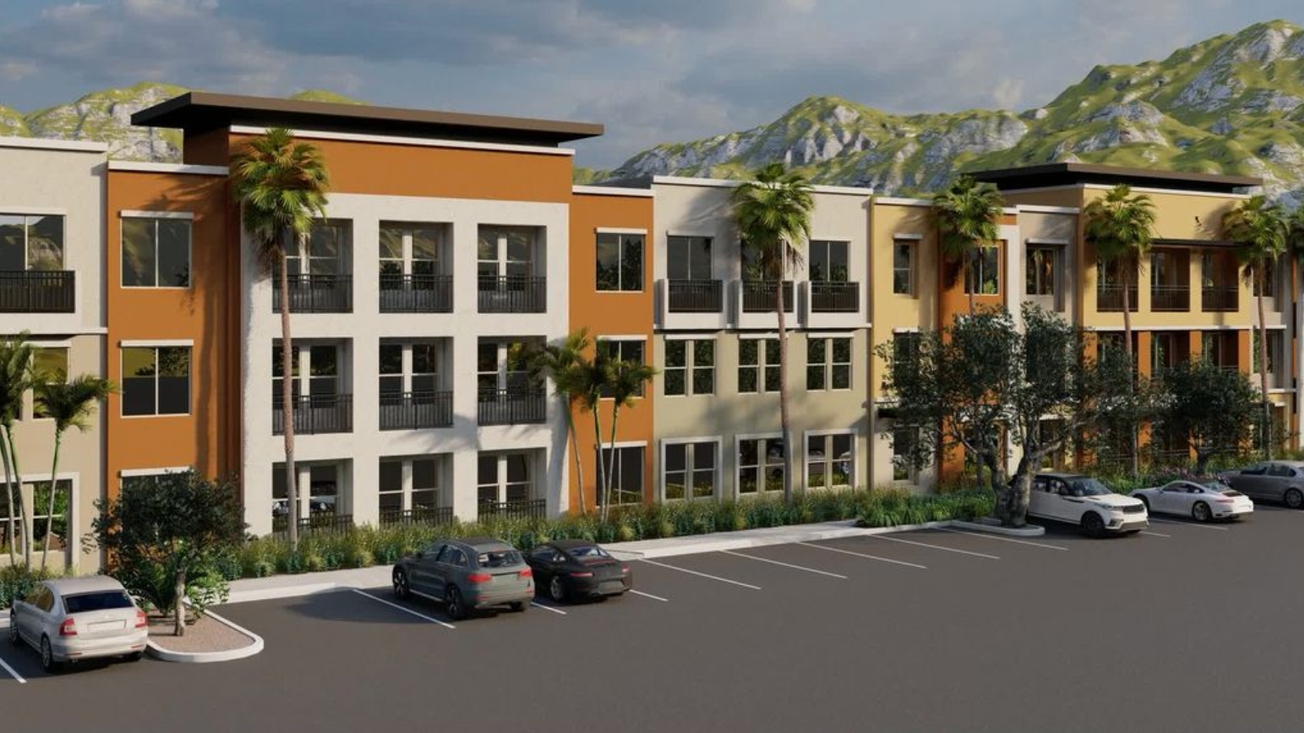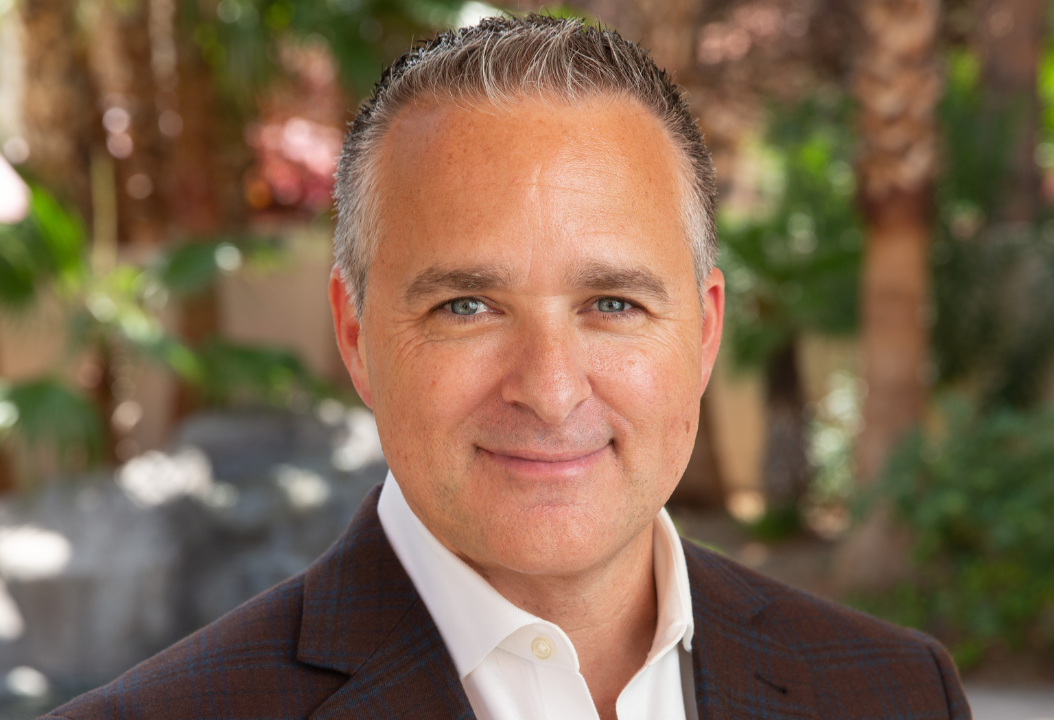This article is written by PNC Chief Economist Gus Faucher.
Real GDP increased 4.9% at an annualized rate in the third quarter, according to the advance estimate from the Bureau of Economic Analysis. This was up from 2.1% in the second quarter and was the strongest quarter for economic growth since the fourth quarter of 2021. On a year-over-year basis economic growth was 2.9%, about a percentage point above the economy’s long-run potential. The Federal Reserve remains concerned that economic growth is too strong in 2023, creating inflationary pressures in the labor market.
Real consumer spending rose 4.0% at an annualized rate in the third quarter, adding 2.7 percentage points to economic growth. Inflation-adjusted goods spending was up 4.8%, while inflation-adjusted services spending was up 3.6%.
Real government spending rose 4.6% in the third quarter, adding 0.8 percentage point to annualized growth. There were large increases in federal defense and nondefense spending, as well as in state and local government spending.
Trade was a small negative in the quarter, subtracting less than 0.1 percentage point from annualized growth. Exports rose a bit more than 6% annualized in the quarter, while imports increased a bit less than 6%.
Business fixed investment was essentially flat in the third quarter, with small increases in investment in structures and intellectual property offsetting a small decline in spending on equipment.
Residential investment rose 3.9% annualized in the third quarter, adding 0.15 percentage point to growth. This was the first increase in residential investment since the first quarter of 2021, as the big runup in mortgage rates and declines in homebuilding have been drags.
Inventories added 1.3 percentage points to third quarter growth, the biggest contribution since the fourth quarter of 2022. Real final sales of domestic product—GDP minus the change in inventories, which is a measure of demand for U.S.-produced goods and services—rose a sold 3.5% annualized in the third quarter.
Demand in the U.S. remains strong, as real gross domestic purchases, which is GDP minus net exports, rose 4.8% annualized in the third quarter.
The personal consumption expenditures price index, the Federal Reserve’s preferred inflation measure, rose 3.5% annualized in the third quarter, an acceleration from 1.7% inflation in the second quarter. Most of the increase in inflation came from higher energy prices. On a year-over-year basis the PCE price index was up 3.4% in the third quarter, down from 3.9% in the second quarter.
The core PCE price index, which excludes volatile food and energy prices, rose 2.4% in the third quarter, down from 3.7% in the second quarter and the slowest pace of core inflation since the fourth quarter of 2020. On a year-over-year basis PCE core inflation was 3.9% in the third quarter. This was down from 4.6% in the second quarter and a cyclical peak of 5.5% in the first quarter of 2021.
Adjusted for inflation, after-tax income for households fell 1% annualized in the third quarter.
Despite aggressive monetary tightening from the Federal Reserve over the past couple of years, the U.S. economy remains very solid in the second half of 2023. In particular households continue to spend, government purchases are supporting growth, and investment in housing has stabilized. Inventories were a big positive for growth in the third quarter and are likely to be a drag in the near term, but underlying demand excluding inventories was still very good.
But there are a few concerns. Business investment, which is interest-rate sensitive, was flat in the third quarter. And with real after-tax income down in the third quarter consumers had to reduce their savings to support spending growth; that process cannot continue indefinitely, especially as student loan payments resume. Higher interest rates will be a drag on consumer spending on durable goods and business investment, and the housing market may soften again as mortgage rates move up to 8%. In addition, there are downside risks from the war in the Middle East, the ongoing UAW strike, and a possible federal government shutdown.
Core inflation is slowing but remains well above the Federal Reserve’s 2% inflation objective. Right now, monetary policy is contractionary, weighing on economic growth, and the central bank is likely content to leave interest rates where they are. But a pickup in inflation from higher energy prices or the strong labor market could lead to further rate hikes and an additional headwind to growth.
Although economic growth was strong in the third quarter, the most likely outcome remains a mild U.S. recession starting around the middle of 2024 as high interest rates further weigh on economic activity. But with a strong labor market any downturn should be short and modest. And there is still a 40% probability that the U.S. gets out of this with weaker growth in 2024 but no outright contraction in the economy, with a modestly higher unemployment rate and a slowing in inflation.
About the author: Prior to joining PNC in December 2011, Faucher worked for 10 years at Moody’s Analytics, where he was a director and senior economist. Previously, he worked for six years at the U.S. Treasury Department, and taught at the University of Illinois at Urbana-Champaign. He serves on the board of directors of The Economic Club of Pittsburgh - the local chapter of National Association of Business Economics (NABE). He is also co-chair of the Financial Roundtable of NABE. Faucher earned a Ph.D. in economics from the University of Pennsylvania and a B. A. in economics from Cornell University.









